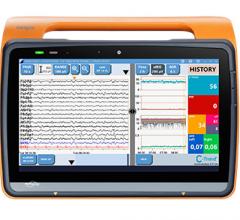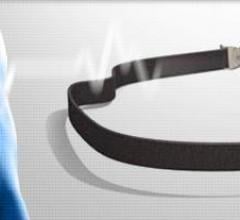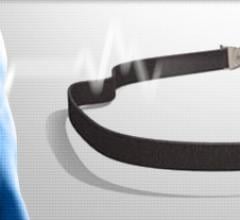
February 2, 2009 - A new multi-center study of 39,821 newborns published in the January 2009 issue of the British Medical Journal (BMJ) found that the addition of Masimo SET pulse oximetry screening before discharge increased detection of congenital heart disease (CHD) by 28 percent from 72 percent to 92 percent when compared to a cohort group of 108,604 newborns in whom no pulse oximetry screening was used.
In addition, researchers noted that "no baby died from undiagnosed duct dependent circulation" in the Masimo SET group, while five babies from the cohort group died during the same period.1
In the study, Anne de-Wahl Granelli, M.D., of the Queen Silvia Children's Hospital in Goteborg, Sweden, and colleagues screened babies born between 2004 and 2007 at five well baby nurseries using Masimo SET pulse oximetry. A positive pulse oximetry result was defined as an oxygen saturation of 3 percent between the two measurements. The study found that the positive predictive value of pulse oximetry screening was at least seven times higher than the best-case scenario for standard neonatal physical examination alone (20.7 percent vs. 3.1 percent).
The researchers concluded that Masimo pulse oximetry screening of "all well babies in maternity units is practically feasible with a minimum use of nursing time" and that it "significantly improves" detection of duct dependent CHD. Researchers also commented that "the low false positive rate, the fact that other important pathology is unearthed by the screening and the likely reduced need for preoperative neonatal intensive care suggest that such screening will be cost effective."
1 Anne de-Wahl Granelli, et al., "Impact of Pulse Oximetry Screening on the Detection of Duct Dependent Congenital Heart Disease: a Swedish Prospective Screening Study in 39,821 newborns." BMJ. 2009; 338;a3037. _Available online at: http://www.bmj.com/cgi/content/full/338/jan08_2/a3037
For more information: www.masimo.com


 December 26, 2023
December 26, 2023 







